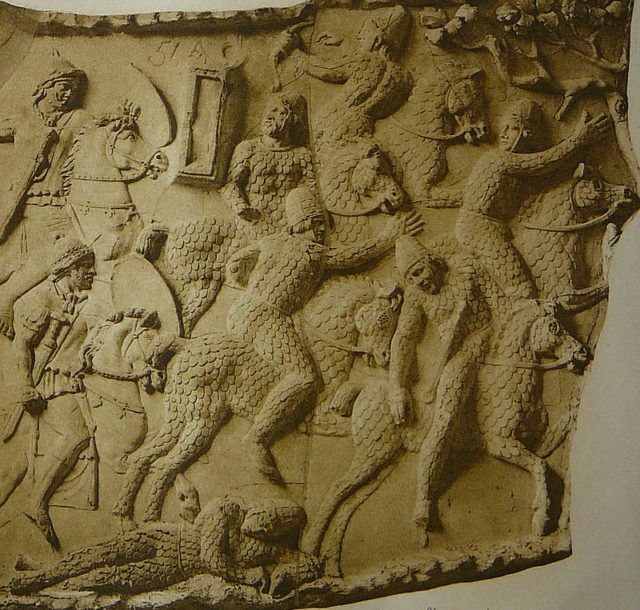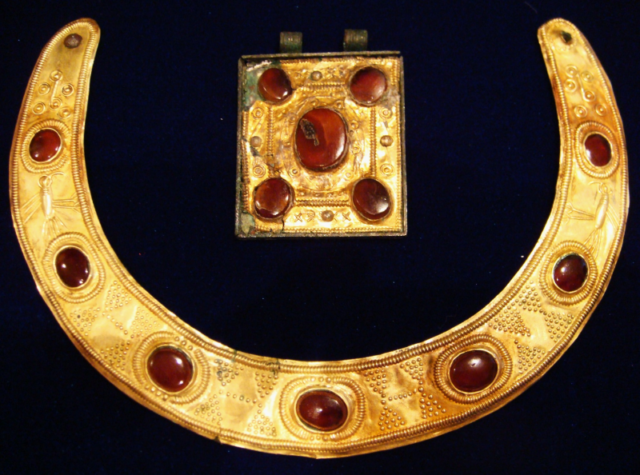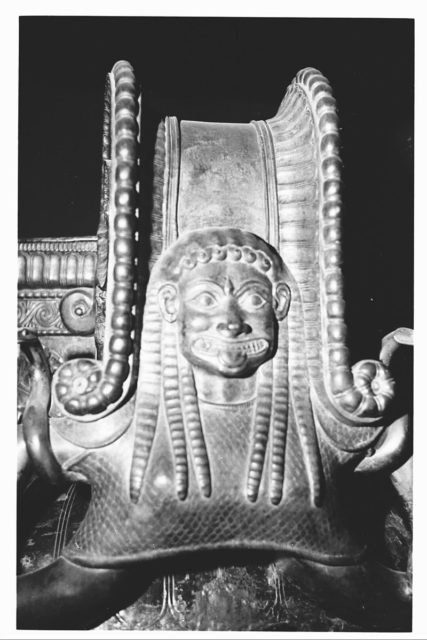A sensational treasure trove of ancient jewelry, recovered in the burial ground of an impressive warrior woman, dates back to the first century AD. The female soldier was a Sarmatian, a culture that idealized fire and who is seen as an inspiration for the Amazons of Greek culture. The finding of the undamaged burial hill in Russia has been described as ‘priceless’ by archaeologists.
The Sarmatians were nomadic people who migrated from central Asia to the Ural mountains between the 4th and 6th centuries BC. They were savage warriors who battled on horseback and sacrificed animals to their fire deity.

They also offered to their deity silver and gold jewelry – the archaeologists discovered about 100 iron arrowheads concealed in the burial site, as well as the individual’s horse harness. Early analysis of her teeth proposes that she had lived through the fighting of this period and reached an extraordinary age.
She was buried with a man who archaeologists believe was possibly her husband, but his tomb was pillaged. The impressive woman’s grave and her possessions were in a group of at least 29 burial mounds that were discovered throughout the building of a new airport.

Most burial sites have been ransacked, so it was a great luck for the archaeologists to find one intact.
The grave was 13 feet deep and was covered by wooden decking. The remains were located at the edge of the grave pit, and as well as the iron arrowheads. According to ancient historians, Sarmatian women took part in combat, and the discovery of the arrowheads is confirmation of this theory. Adjacent to her skull were pendant chains and gold earrings, while a bronze mirror was by her shoulder.
The neckband of her dress was bejeweled with sealed buckles of gold leaf in the shape of a stylized ram’s head. Her sleeves were decorated with colorful beads along with gold hemispherical and triangular plaques. She also had a gold bracelet on each hand. Located on her breast were numerous beads, among which was a gem together with a single line of early Aramaic or Phoenician inscription. At her pelvic arch laid a gold vial.
This had a constricting lid and its contents were fossilized. Archaeologists will analyze this to further interpret what it is, but most possibly it contained some incense. At the woman’s feet there were pieces of a bronze bucket with floral decoration and the representation of the Gorgon’s head on a stick.

In the north-eastern portion of the grave were placed four ceramic containers. A little hiding place in the grave consisted of a gathering of knives and as well an uncompleted sword with brooches on its handle. The most unique thing about these discoveries is some of the items from the burials were dated to the first century BC, and others to the first century AD.
This is because most ancient materials were handed down for a long period of time, and these were ultimately buried with this woman. The Sarmatians thrived from the 5th century BC to the 4th century BC.
